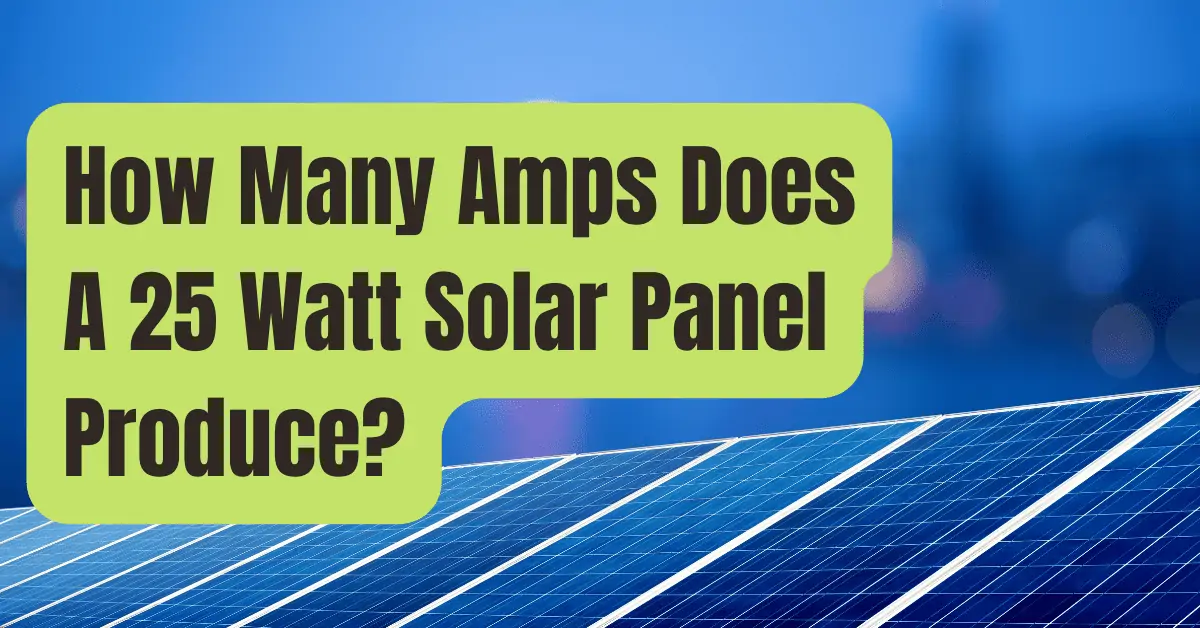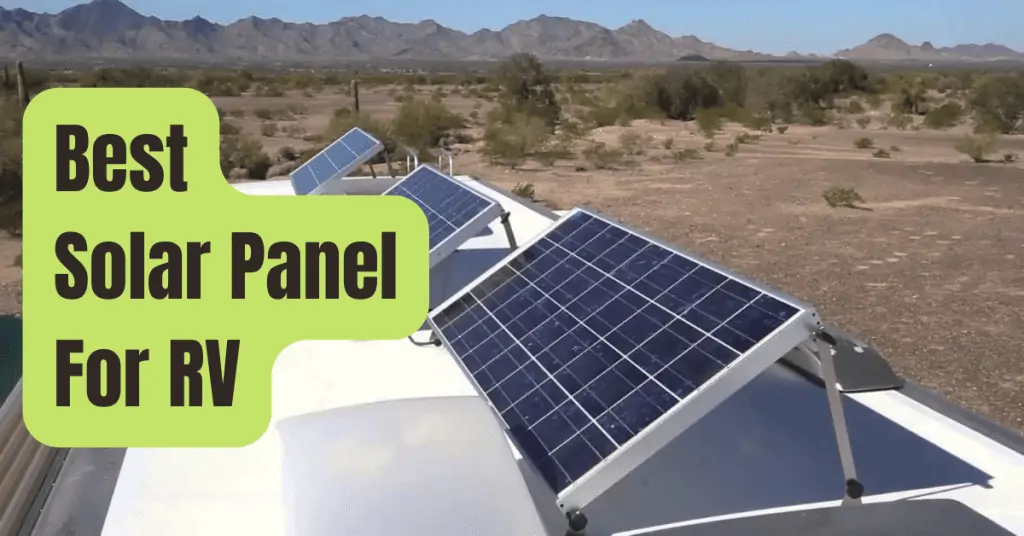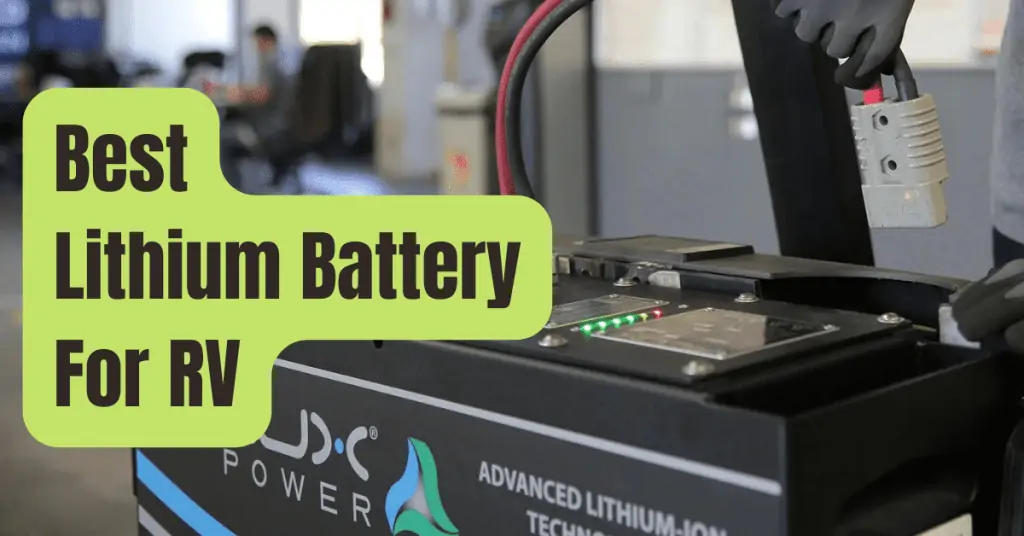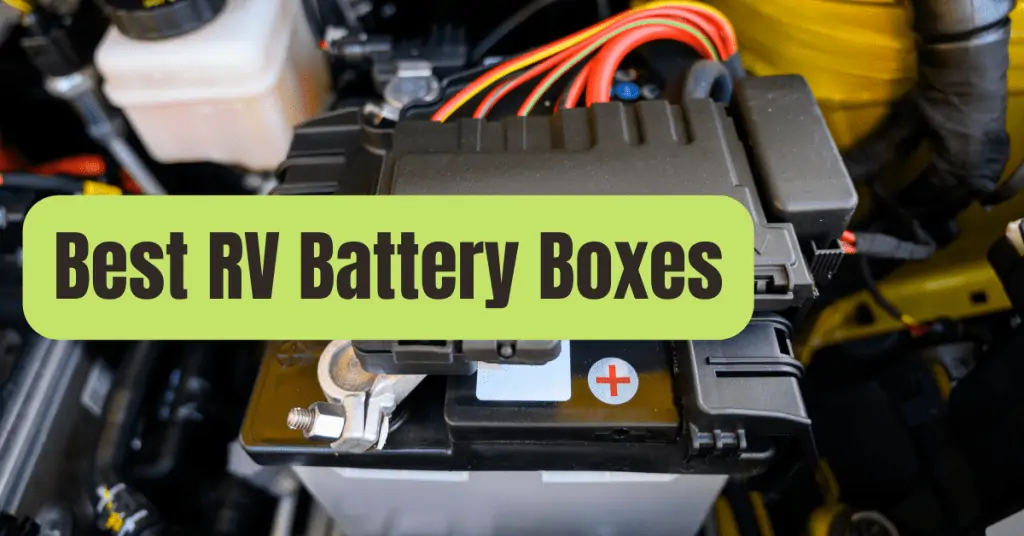In direct sunshine, a portable solar panel may generate 5 to 6 amps of electricity.
The majority of portable solar panels are 100W or smaller, with a maximum current rating of 5.5–6A and a maximum voltage rating of 17–18V.
These output figures are those under ideal or laboratory circumstances, as the term “maximum” denotes.
The number of amps a portable solar panel generates in real-world situations may range from 50% to 100% of the figure shown above.
The amount of amps relies on elements including panel cleanliness, sunshine exposure, and sunray angle.
Your appliances may be partially or entirely powered by portable solar panels.
Many solar or RV/camper trailer users charge batteries using portable panels and a charge controller, which powers a number of gadgets.
Understanding Portable Panels’ Power Output
The amps produced by solar panels are important data, but they are just one component of a bigger equation.
For the purpose of setting up a sound system, it is important to comprehend the fundamentals of solar power production.
The terms and their relevance in selecting a portable solar panel are as follows:
#1. Energy (Watts)
Watts are the fundamental unit used to assess a solar panel’s efficiency.
It is a unit of power that results from the panel’s creation of voltage and amps (current).
Volts (voltage) x Amps (amps) = Watts (power) (current)
Kilowatt is another name for a thousand watts (kW).
Using a 100W solar panel as an example, the volts and amps translate to the following hundred watt value:
100W = 18V × 5.56A
#2. Amps/Amperes (Current)
Electricity is created when an electric charge, or more specifically, an electron, is transferred from one place to another.
Amperes, which are sometimes abbreviated as “amps,” are the unit used to measure current.
#3. Volts (Voltage)
Voltage may be thought of as the force that current flows with as it moves from one place to another.
This force is the outcome of two sites with different electric potentials, or levels of charge.
#4. Battery Capacity Expressed In Amp-Hours
As implied by the name, amp hours, which are created by multiplying amperes and hours, represent the battery’s capacity.
It shows how many amps may be provided during the specified hours of the day.
An illustration can help you better understand this:
With a 100Ah battery, you can draw 10 amps of electricity for 10 hours or 5 amps for 20 hours.
10A x 10h = 100Ah
5A x 20h = 100Ah
This rule applies to both energy given to charge the battery as well as energy that is removed from the battery (discharging).
The 100W panel we previously spoke about has a maximum current of 5.56 amps.
We can determine how many hours are needed to completely charge the battery (100Ah) if the panel operates at top capacity.
5.56A x hours = 100 Ah.
Hours = 100 ÷ 5.56 = 17.98
#5. Energy Unit: Watt-Hour
Watt is the unit for power, however it only represents energy produced or consumed per hour, necessitating the use of a different unit that also accounts for the duration of the power’s generation or consumption.
As a result, watt-hour is obtained by multiplying watt by hour (Wh).
Kilo-watthour is another name for 1000 Wh (kWh).
For instance, the 100W panel under discussion will provide the following results at peak power for 4 hours:
100W × 4h = 400Wh, or 0.4kWh
Combining A Battery With A Small Solar Panel
Solar panels are practical tools for capturing free, clean, and constant energy.
It is difficult to completely depend on sunlight, however, because of the evenings and overcast days.
There may be days when there is more sunlight than you need for power production, and there may also be days when there is less than you require.
Sunshine cannot be stored, however batteries allow solar energy to be stored and used later when there is no direct sunlight, such as at night or during the evenings.
Whether it is a lead-acid battery or a lithium-ion battery, connecting a portable solar panel to a battery is rather straightforward.
Making two straightforward electrical connections—the positive terminal of the panel to the positive terminal of the battery, and the opposite for the negative terminals—results in a direct pairing.
As was previously mentioned, solar panels have a voltage rating of 17–18V.
In contrast, batteries almost usually have a 12V rating.
The best technique to ensure that current always flows from greater potential (solar panel) to lower potential (battery) and never the other way around is to pair an 18V panel with a 12V battery.
However, 12V solar panels are a common name for panels that work with 12V batteries.
Make sure you go through a thorough setup guide for portable solar panel systems before you start connecting your solar panels to your batteries.
Charging Control
Although solar panels and batteries may be connected directly, it is advised to place a charge controller in between the two.
A charge controller aids in optimum/more energy-efficient battery charging.
The voltage and amps that a portable solar panel generates may vary during the day depending on how much sunshine is present, and they can even go to zero at times.
While transferring electricity to the battery, a charge controller makes care to level out these irregularities.
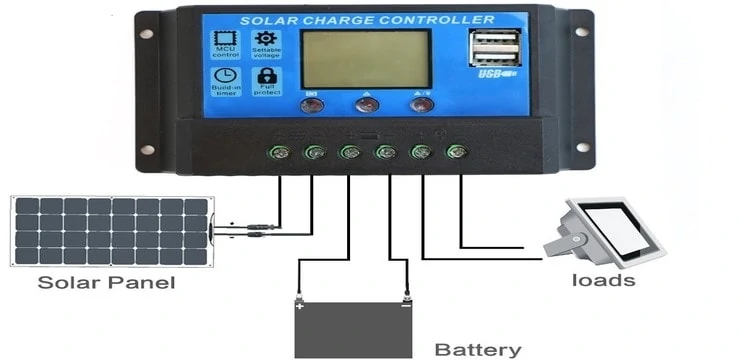
A charge controller often serves the following objectives:
- Control how quickly the battery is being drained of current.
- Prevent the battery from being overcharged.
- Protect against battery to panel reverse current flow.
- Shunt charge controller: direct extra current to a different load
- Observe the battery’s temperature
Charge controllers are in two primary categories: PWM (Pulse Width Modulator) and MPPT (Maximum Power Point Tracking).
Without getting too scientific, MPPT charge controllers are more powerful and efficient since they can monitor their own maximum power and regulate the voltage and current accordingly.
They are a little more costly, but they are worth the extra money, and as a result, they are increasingly being used.
A battery management system, which also handles reporting the system’s status, may be used for more complicated systems.
Once installed, it may also aid in calculating the efficiency of portable solar panels.
A 100 Watt Solar Panel Can Produce How Many Amps?
As was previously established, a 100W solar panel produces roughly 5.56A of current.
The panel produces between 20 and 30 amp hours (Ah) throughout the day, depending on the amount and duration of direct sunlight received.
However, this does not imply that a 30Ah and 12V battery ought to be enough.
Why?
Batteries shouldn’t be entirely discharged since doing so might harm them.
Only 60 percent of a battery’s capacity, and 80 percent for a deep cycle battery, may be drained at a time.
In light of this, a 50Ah, 12V battery is more appropriate in our 100W panel housing.
A 200 Watt Solar Panel Can Produce How Many Amps?
Thanks to increased efficiency and smaller panel sizes, 200W is currently a typical size for portable panels.
In contrast to a 100W panel, a 200W panel may have two distinct voltage outputs:
- 28V (suitable for 24V system)
- 18V (suitable for 12V system)
The 200W panel generation currently available is as follows:
- 7 amps for 28V panels
- 11 amps for 18V panels
Naturally, the numbers listed above and the resulting power generated rely on the previous parameters.
If there is direct sunshine, you may generate up to 50-amp hours of daily solar power using a suitable 200W panel to charge a 12V battery (18V).
In this instance, a 60Ah deep cycle battery or a 75Ah standard battery should be plenty.
The Things a Portable Solar Panel Can Power
Solar energy is a very adaptable technology.
Everything from calculators and wristwatches to villages and cities can be run on it.
Almost anything can be powered by portable solar panels.
If you have enough 100W or 200W panels, you may use them to power your RV, mobile home, and even a regular house.
What are portable panels best suited for, however, is the issue.
There is no “one size fits all” solution when it comes to solar panels.
The size and power rating of a panel are the major factors that determine its applicability.
Thus, portable panels are a great option for camper trailers with multiple batteries or straightforward off-grid camping setups, but not so much for solar installations on homes.
As opposed to just 17 panels of 350W capacity, 60 panels of 100W capacity are needed for a typical system size of 6kW.
It would undoubtedly increase the energy efficiency of your house, but at a larger expense.
This is not very cost-effective since coupling several 12V solar panels makes your system more complicated and raises the cost of solar panels dramatically.
It also goes against electrical engineering advise to use the additional wire that comes with it.
Therefore, larger panels are a preferable option for your home renovation projects.
For city solar panel kits, however, such as off-grid systems for mobile cabins that can power a few led lights, a small fan, and a mobile device, portable panels are the ideal option.
The majority of users charge a 12V battery using portable panels before using it as their energy source for a certain time.
The majority of the best portable solar panels survive even longer than 20 years, making them an excellent investment.
In many cases, portable solar panels take the place of big, smoky diesel generators.
This also increases your energy efficiency and does a little bit to help slow down climate change.
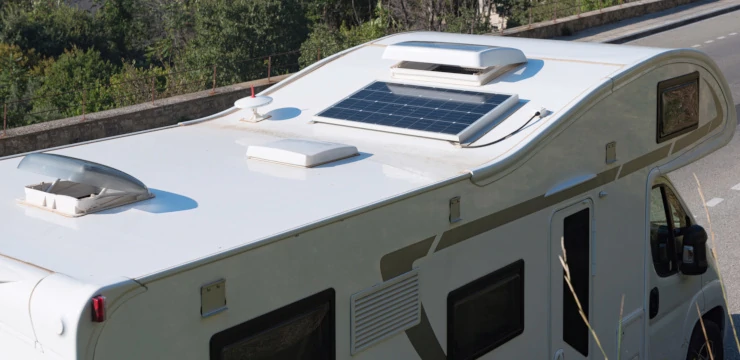
Hope you enjoyed reading this post.

